
 Her background is International Public relations and marketing. Anuradha Rathore with Moonshot Collective started her career as a marketing consultant, moved on to branding and business development.
Her background is International Public relations and marketing. Anuradha Rathore with Moonshot Collective started her career as a marketing consultant, moved on to branding and business development.
In 2008 at peak of the biggest financial meltdown, she joined the financial services industry. She has been in finance since but then she also started consulting in Change Management. Somehow moving through change comes easily to her and she found it hard to understand why it’s so difficult for most of everyone she worked with.
The human struggle of change pushed her into coaching and now she work with and support people who are on massive missions, have lofty goals but may be holding themselves back due to various reasons.
Connect with Anuradha on LinkedIn.
What You’ll Learn In This Episode
- The power of unbridled human potential
- Elevating careers
- Find a balance to go through change.
This transcript is machine transcribed by Sonix
TRANSCRIPT
Intro: [00:00:02] Broadcasting live from the Business RadioX Studios in Atlanta, Georgia. It’s time for Coach the Coach radio brought to you by the Business RadioX Ambassador Program, the no cost business development strategy for coaches who want to spend more time serving local business clients and less time selling them. Go to brxambassador.com To learn more. Now, here’s your host.
Lee Kantor: [00:00:33] Lee Kantor here, another episode of Coach the Coach Radio, and this is going to be a fun one today on the show, we have Anuradha Rathore with moonshot collective welcome.
Anuradha Rathore: [00:00:43] Hi Lee, thank you for having me.
Lee Kantor: [00:00:45] Well, I am excited to learn what you’re up to. Tell us a little bit about Moonshot Collective. How are you serving, folks?
Anuradha Rathore: [00:00:52] Well, I’m actually a business performance coach. I help businesses and individuals working with them one on one, helping them get past anything that is holding them back to get them to their next level of success or mission that they’re on. So, yeah, that’s what I do.
Lee Kantor: [00:01:12] So what’s your back story? How’d you get in this line of work?
Anuradha Rathore: [00:01:16] Well, my back story is pretty interesting because now when I look back, I have my background is international public relations and marketing. I moved from India in 2005, traveled across the world, was very fortunate. So I went through a lot of changes in my life. In 2008, I had to leave my job. As the recession hit, I joined the financial industry. So all the years I worked in different industries and primarily what I did without knowing I was coaching a lot and I was helping folks, you know, succeed in their careers and their projects. But at the time, I didn’t know it was called coaching, and very recently, about four years ago, I started consulting on my own and change management. And that’s where I started to see a huge gap between strategy and mindset and the limiting beliefs people have. Because, as we know, 70 percent of change management projects fail. And I just kept thinking what was going on there, and that’s where I started noticing the gap and that pushed me in this direction that I wanted to deal with the human struggle of movement and change.
Lee Kantor: [00:02:35] Now are you working primarily in the enterprise level or are you working with entrepreneurs, solopreneurs or small firm leaders?
Anuradha Rathore: [00:02:42] I work with enterprises, I do work with individuals, I work with executives. So yes, it’s the people that are primarily what I’m looking to work with and I work with. So yes, it’s pretty sporadic depending on who needs assistance and in what way
Lee Kantor: [00:03:02] And what is the typical kind of catalyst for the conversation with you or somebody on your team? What is happening in there in this person’s life that they’re like, you know, I better call anew and her team
Anuradha Rathore: [00:03:13] Mostly what is happening is if my clients are people who are looking to amplify their impact, whether it’s in business, whether it’s in their jobs, whether they are looking to launch something, whether they are transitioning from job in a nine to five thing to an entrepreneurship. So they are amplifying, they’re really elevating their they’re looking to elevate their impact, they’re looking to elevate their careers. And that’s what I help them with, helping them find that balance so they can go through that change.
Lee Kantor: [00:03:48] So what are some symptoms they’re having where this kind of frustration is manifesting and they may not realize that they need your help, but maybe that there are signals out there that they do need your help, but they’re just not seeing it this time. Is there anything that you see like collectively happening among your clients or past clients where you were like, Oh, they were struggling with this? Or they were frustrated by that? And that was kind of a missed signal that if they were paying attention, they could have started working with you sooner and maybe gotten to the where they wanted to go faster.
Anuradha Rathore: [00:04:22] Sure. Sure. I’m going to share an example with you. I hope that that clarifies it a little bit without giving away too much about the client. But I do have a client who launched her own business about three years ago for the first year when I met her right before we started working, all I heard was, You know, I want to start my own thing, I want to do my own thing and. I will do it someday one day and things like that, and finally, I sat down with her one day just over coffee and I said, So what is this thing that you want to do? Why? What is it that and she was she seemed very passionate about it. She just was not coming out. So she shares her, her business plan with me, sort of an outline. And right after she shares that with me, she gives me all the reasons why she’s not doing it. Why can’t she does? Why can she move forward? So all these, you know, psychological barriers that she was living with? And I said, and it was how overwhelming it is. I was like, OK, so we started having more conversations. And over the period of time, I helped her take small steps towards moving into that entrepreneurial journey so she can actually launch. Mostly, that’s what happens. People have these big ideas and they’re scary enough where they don’t want to move forward even thinking, You know what, if I fail, I have this nice cushy job or all my business is doing well. You know, you stay in that status quo and not even move forward thinking. If I make any changes, I’ll break what I have. So those are some of the symptoms. If you’re feeling trapped, if you’re at the point where thinking, you know what, there’s more out there for me, but I just can’t take that next step because I’m so in my head and it happens to a lot of people. It happens to the most successful I’ve seen them, then. Yes, I would love to hear from you now.
Lee Kantor: [00:06:33] Isn’t this kind of a is this kind of a human condition? Or maybe it’s a human condition in a country like America that is pretty affluent by and large where you know you would like to take a risk? Mm hmm. But you hear stats like you. You mentioned a stat earlier, 70 percent of change management projects fail. The stat of, you know, 80 90 percent of small businesses fail. There’s a lot of data that says that whatever you’re attempting to do is not going to work, and it takes kind of this fearlessness and courage from an entrepreneur to say, You know what? I’m going to bet on me and I believe in me and and I’ll just power through this and that may not reach. You know, I may not reach what’s that saying? I may not reach for the the Moon, but I’ll still land among the stars if I try. How do you kind of help a person work through that fear of? The odds are against me in pretty much any thing that I’m doing here, and I’m just trying to have the courage to go for it.
Anuradha Rathore: [00:07:46] So while the main premise that I work around is and rich elevate embark and this comes from my own struggles of going on my own. So everything that you just said, Lee, is absolutely true. We don’t want to rock the boat because that’s my paycheck. That’s my life. That’s my title. How do I do this? So I did a program not too long ago, actually, I just wrapped it up. So these people are from very diverse backgrounds who wanted to go into the entrepreneurial world. And I told them right in the beginning that there are three different outcomes three possible outcomes that will come. The first one is so that they have an open mind. First one is your idea is validated. You’re good, you’re good to go be launch. Second one is you realize that it’s just a big idea. The grass is not greener. On the other side, you may want to water the grass roots. Standing on the third one is you might come up with something completely different that you never thought about. So those were the three things going back to enrich, elevate and embark.
Anuradha Rathore: [00:08:55] It’s very important, and I’ll talk about the enriched part a little bit more here is to really enrich yourself with the knowledge, with the mindset, with the, you know, the correct belief system even before you go out in the world. It’s like saying, you know, I want to run the marathon. That’s a great mission. Are you treating your body right? Are you eating the right foods? Are you training yourself right? Once you have enriched yourself, the fears start to go down. You start to see the world with a different lens. Yes, there is negativity, but you also start to see there’s more positive way of doing things. And you will also see that, OK, you know, maybe my idea the way I’m thinking, it doesn’t have to be so rigid and we take when I work with clients, I go step by step and, you know, I’m not attached to the idea of being right. So we always alter the path. It has to be about them. So yes, that’s how I work. That’s the premise. And rich elevate and then embark.
Lee Kantor: [00:09:58] I think it’s critically important for folks out there that are contemplating some sort of a change that you don’t want to live a life of regret. And it’s much better to have tried something and seen how it played out rather than wonder what could be or what could have been. So I am a big fan of taking action even without with incomplete information, because I don’t think anybody ever has complete information. So if you have an inkling of an idea, I think it’s worth partnering with folks like you anew that can help them have the confidence and put systems in place to help them increase their chances for success.
Anuradha Rathore: [00:10:43] For sure, absolutely. Like you said, you know, it’s not worth living in the in the place of regret and saying, I wish I would have tried that or I wish I would have taken that promotion or I wish I would have done, you know, build that house, whatever it is that they want to do. So that’s going through that change is hard. Going through that change is scary because we don’t know what’s on the other side. But if you really talk to people, they have a good idea. You know what’s on the horizon. They just don’t have a clear picture. So I would definitely encourage them to take that chance at a comfortable level. You don’t have to go all out and put yourself in a completely stretch out ourselves to a point where we can’t even function, but at a comfortable pace. Absolutely.
Lee Kantor: [00:11:31] And I think that’s an important point that it doesn’t have to be all or nothing. You don’t have to put all your chips on the table at one time and risk everything. You can kind of dip your toe into a lot of things, but take some positive action a little bit. Every day is going to compound over time and you’re going to get to where you want to go eventually. And if you want to put all your chips in the table, that’s a choice as well, but just make it an informed choice.
Anuradha Rathore: [00:11:54] Absolutely. Absolutely. That’s where the enriched part comes. You know, you want to launch this business. How much idea do you have about this? What kind of research have you done? Things of that nature?
Lee Kantor: [00:12:05] So now what are ways that folks can interact with you? Do you do private coaching group coaching? You do online courses. What’s the best way for someone to engage your services?
Anuradha Rathore: [00:12:16] So I primarily do private one on one coaching. The engagements are anywhere from six months to a year. And then we revisit to see, do we want to continue working or are we going to take a break depending on what needs to be done? I do some group coaching for larger enterprises that their management, the their executive leadership team and things like that, but primarily I do one on one coaching.
Lee Kantor: [00:12:42] And if somebody wants to learn more, what is the best way to get a hold of you?
Anuradha Rathore: [00:12:46] I would say LinkedIn, that’s the best way to get hold of me. So if you just go on LinkedIn and find my name Anuradha Ratau, that’s where you find me.
Lee Kantor: [00:12:57] And that’s a. And you are a a and last name is R80.
Anuradha Rathore: [00:13:03] Ari, that is correct.
Lee Kantor: [00:13:05] Well, annu. Thank you so much for sharing your story today. You’re doing such important work and we appreciate you.
Anuradha Rathore: [00:13:11] Thank you. It’s an honor to be here.
Lee Kantor: [00:13:14] All right. This is Lee Kantor. We will see you all next time on Coach the Coach radio.
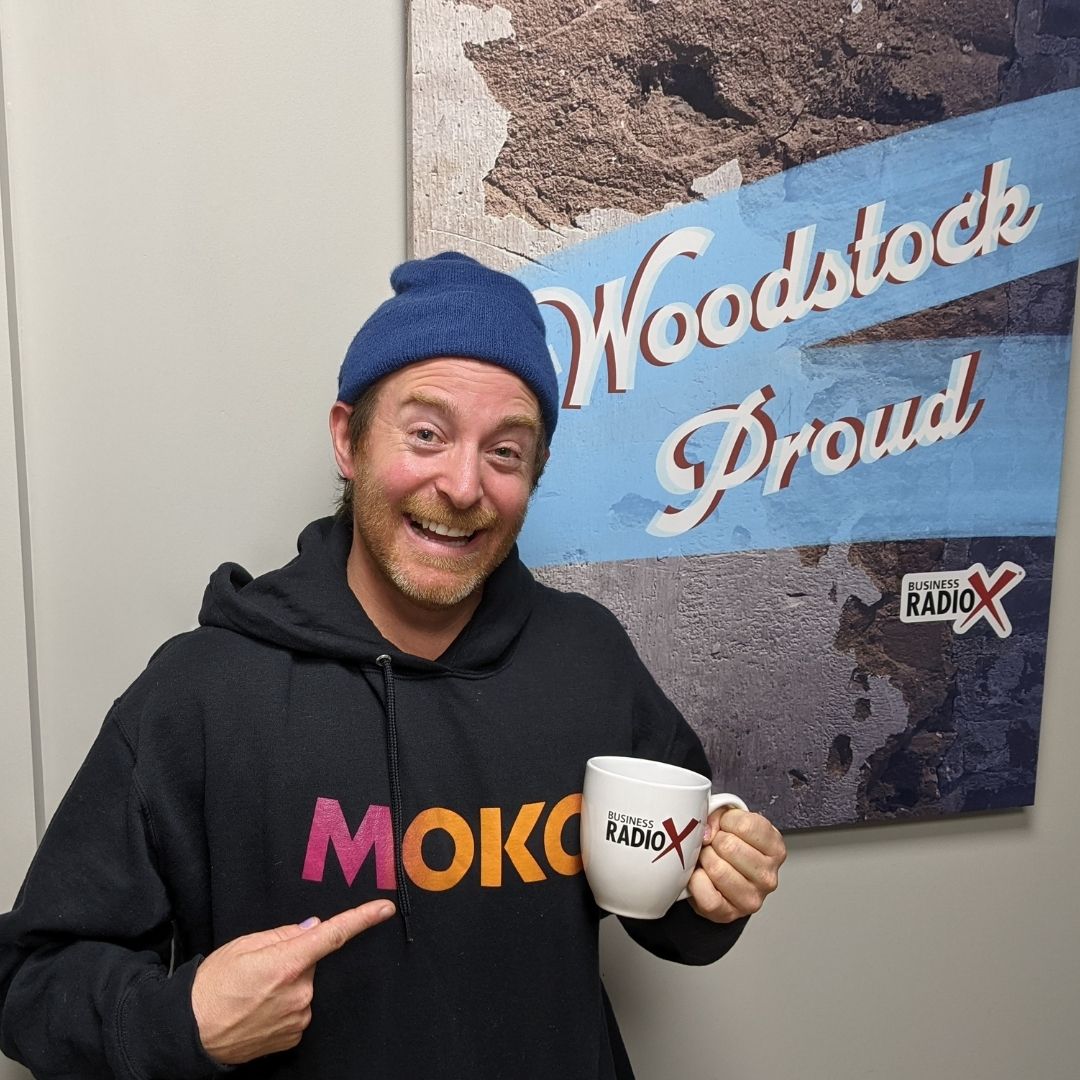
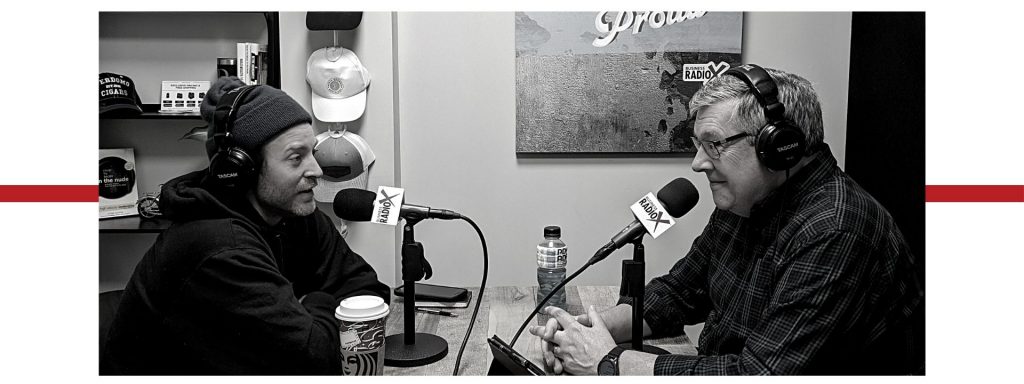
 Thomas Cantley is the CEO and Founder of Stream MOKO, a brand-new, innovative streaming platform focused entirely on positivity. It includes uplifting and inspiring content as well as original shows designed to help viewers live their best lives.
Thomas Cantley is the CEO and Founder of Stream MOKO, a brand-new, innovative streaming platform focused entirely on positivity. It includes uplifting and inspiring content as well as original shows designed to help viewers live their best lives. This transcript is machine transcribed by
This transcript is machine transcribed by 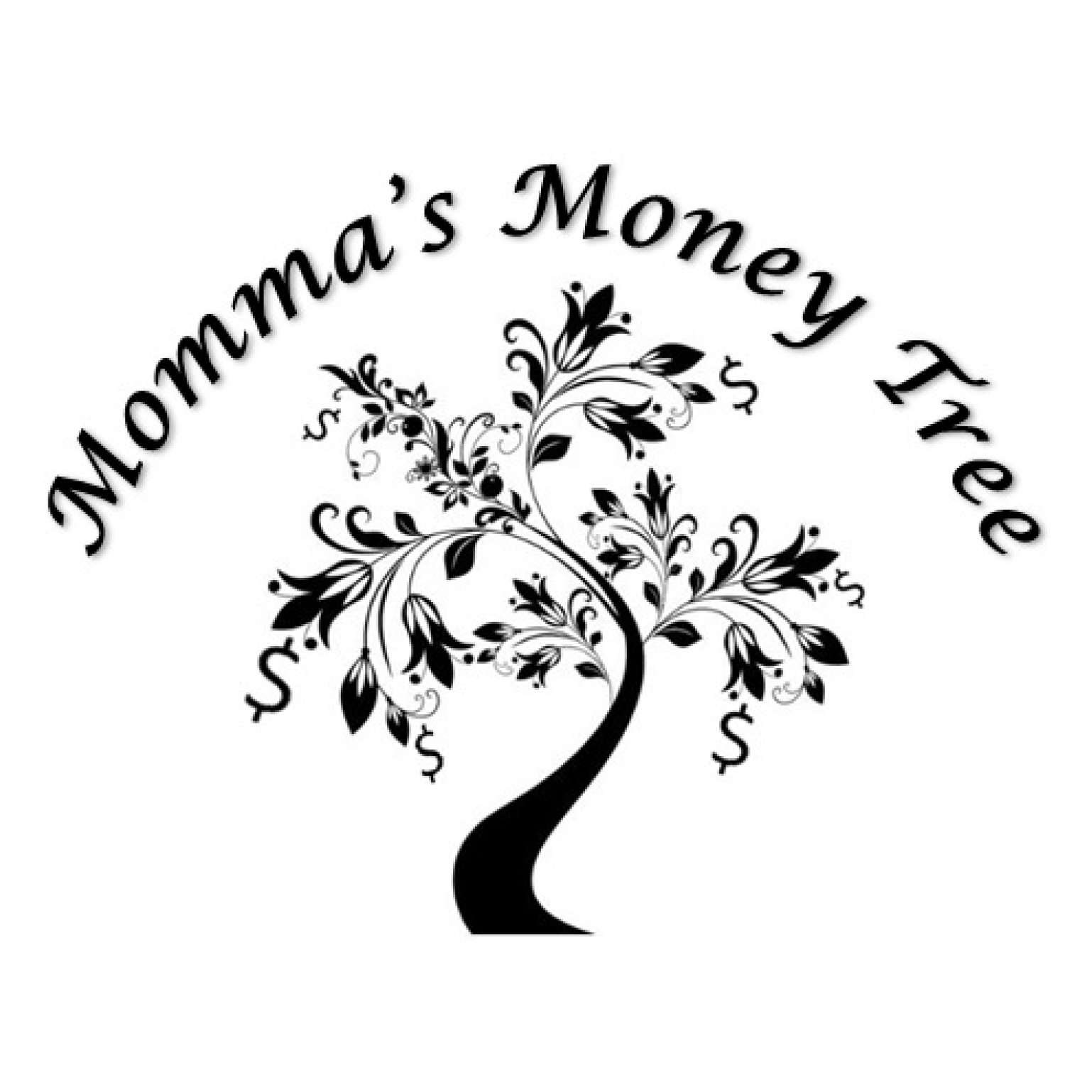
 D’Loreyn Walker, MD is a wife, mother, and retired General and Child-Adolescent Psychiatrist. In 2012, she asked God to show her His plans for her business. He responded with an in-depth introduction to biblical entrepreneurship, money management, community service, and wealth stewardship.
D’Loreyn Walker, MD is a wife, mother, and retired General and Child-Adolescent Psychiatrist. In 2012, she asked God to show her His plans for her business. He responded with an in-depth introduction to biblical entrepreneurship, money management, community service, and wealth stewardship.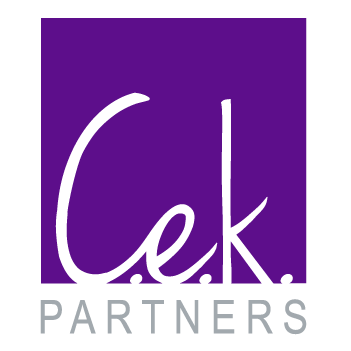
 In 2008, Carolyn Kopf had been around the world—NYC, Boston, Madrid and Tokyo—working at top global agencies like Young & Rubicam, Arnold Communications, and Euro RSCG.
In 2008, Carolyn Kopf had been around the world—NYC, Boston, Madrid and Tokyo—working at top global agencies like Young & Rubicam, Arnold Communications, and Euro RSCG.

 Christine Edwards is a civic firebrand that has immersed herself in helping urban communities reach their highest levels of growth and success.
Christine Edwards is a civic firebrand that has immersed herself in helping urban communities reach their highest levels of growth and success.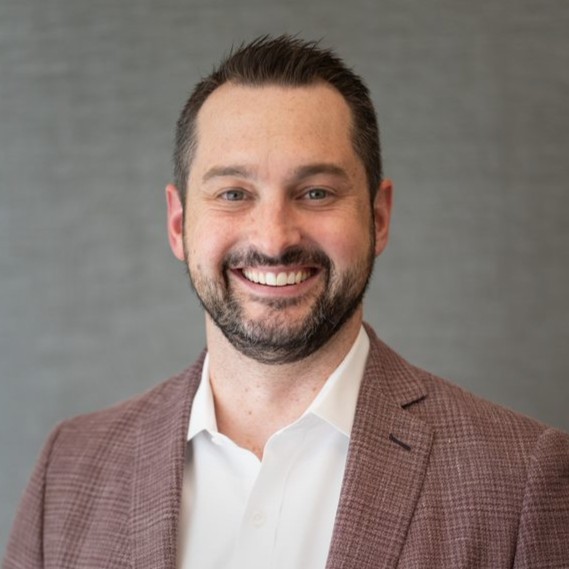

 Tim Stutz is the Chief Operating Officer at
Tim Stutz is the Chief Operating Officer at
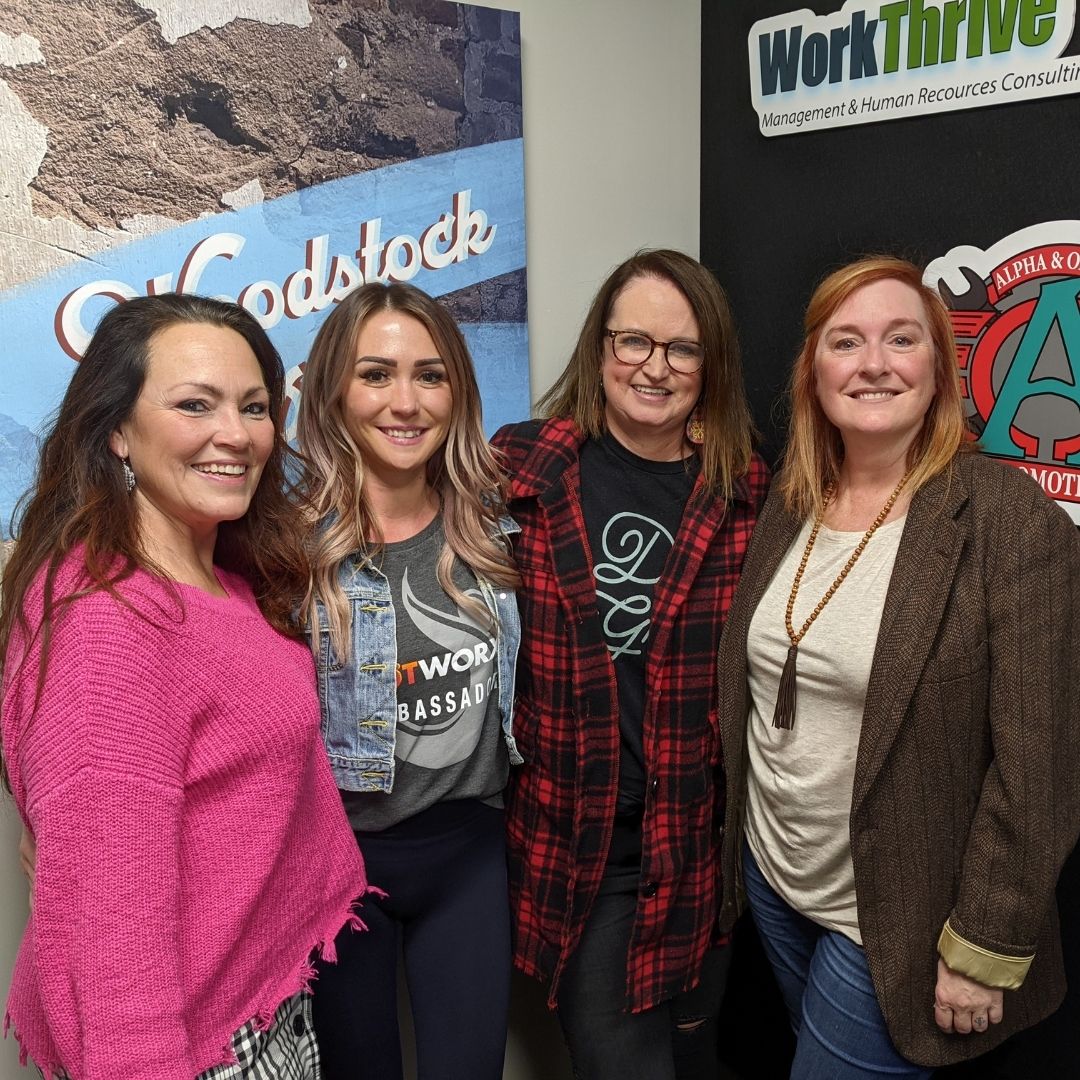
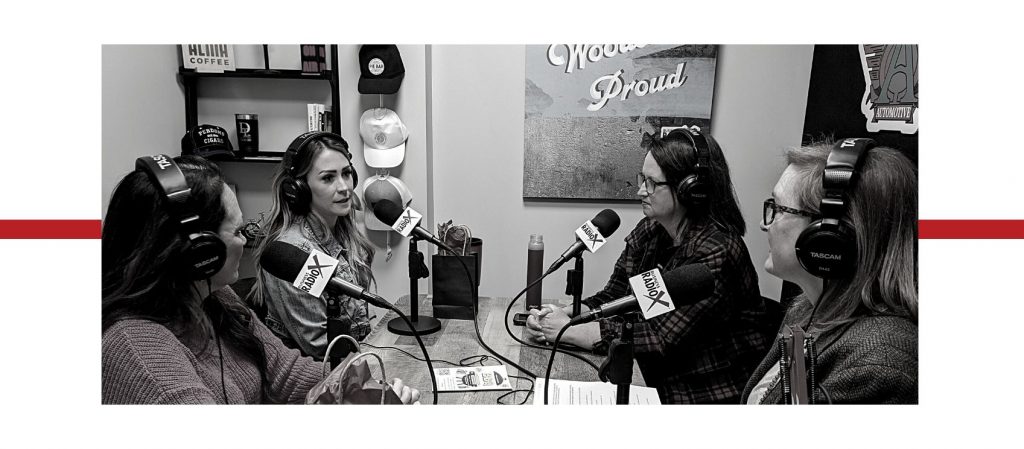

 Dr. Fahrenheit
Dr. Fahrenheit For years, Kim MacInnis suffered with swollen joints, ankle swelling and fluid accumulation, constant bouts of pleurisy, pneumonia and bronchitis, plantar fasciitis, lower pain, and prolonged and extreme fatigue. She finally has a rheumatologist connect the dots and tested and diagnosed her with Lupus about 10 years ago.
For years, Kim MacInnis suffered with swollen joints, ankle swelling and fluid accumulation, constant bouts of pleurisy, pneumonia and bronchitis, plantar fasciitis, lower pain, and prolonged and extreme fatigue. She finally has a rheumatologist connect the dots and tested and diagnosed her with Lupus about 10 years ago. Morgan Stattuck From
Morgan Stattuck From 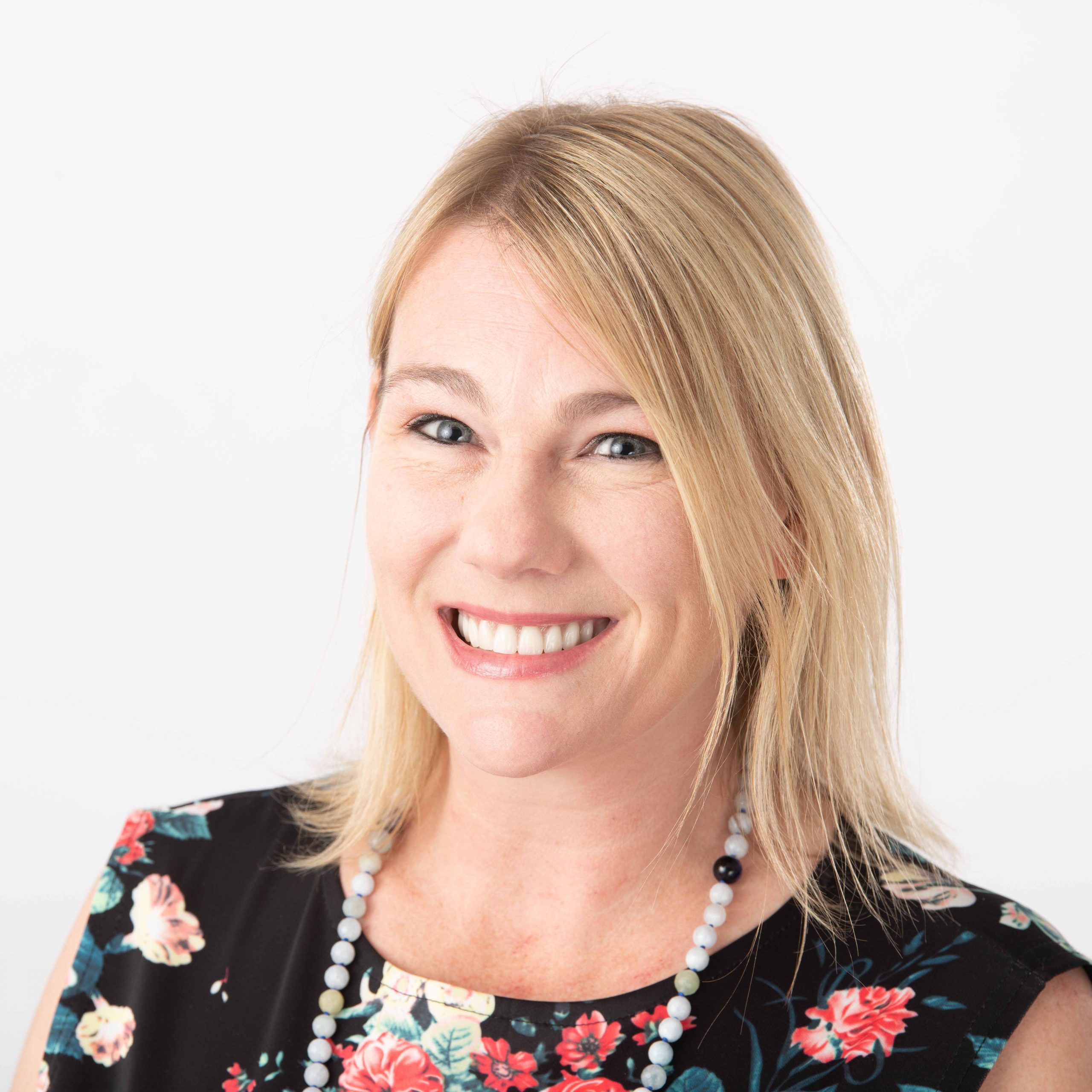
 Christina Ross is the President and Marketing Director at
Christina Ross is the President and Marketing Director at 

 Regan Bercher Harlin serves as Chief of Staff of
Regan Bercher Harlin serves as Chief of Staff of 













